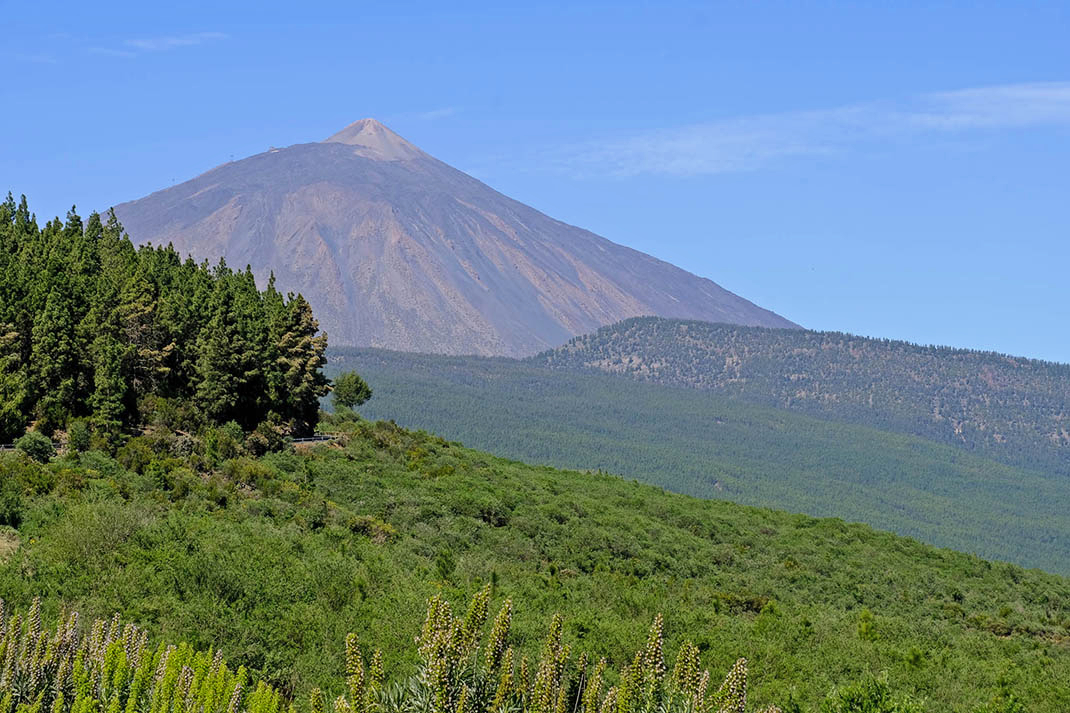La Orotava Launches Second Collection of Self-Guided Tours
The Town Hall of La Orotava has released the second collection of the self-guided tours La Orotava SlowTours. Through these guides, the local council invites visitors to explore and discover the essence of natural sites and lesser-known corners of the municipality, which exemplify the town’s idiosyncrasy and its natural, cultural, ethnographic, and historical heritage.
The issuance of these new routes responds to the “success of the first publication last year,” as explained by the mayor of La Orotava, Francisco Linares. He noted that the four volumes published in 2024 received a warm reception from both tourists and locals from the Island and elsewhere in the Canaries, with significant appreciation evident across various midland districts. Therefore, “we have decided to continue with another four areas that will generate the same interest as the previous ones, as indeed, this is what we have been asked for,” he added.
Promoting Sustainable Tourism
La Orotava has been designated a slow municipality, under the international Cittaslow label, which advocates for sustainability and quality of life. As such, the focus is on promoting quality tourism that allows visitors to explore the locality in a relaxed manner and at a leisurely pace, while uncovering the charm and numerous values that the neighbourhoods can offer.
New Routes Unveiled
The first four self-guides were dedicated to the areas of Pinolere-Mamio, Colombo-Aguamansa, Camino de Chasna, and Benijos. This second edition offers routes through La Florida-Pino Alto, Hacienda Perdida-Barroso, San Antonio-La Quinta, and La Perdoma. Once again, this initiative is supported by the Councils of Cultural Heritage and Tourism, in collaboration with the General Directorate of Culture of the Canary Government.
The councillor for these areas, Delia Escobar, emphasised that “we maintain a strategy to propose initiatives in the more isolated and lesser-known locations, such as the numerous hamlets situated in the highland and midland zones, as well as to highlight the rich heritage throughout the municipality.” The collections of these self-guided itineraries fall within a strategy aimed at enhancing the economic, social, and cultural dynamism of rural centres.
Details of the Self-Guided Tours
Each of the four self-guides presents itineraries that provide detailed information about each area, as well as significant heritage points such as estates, architectural ensembles, temples, inns, or paths, explaining their traditions, stories, and human narratives.
The new four self-guides, along with the previous ones, will be available in both Spanish and English and can be downloaded free of charge from the municipal website, or can be collected physically at the Municipal Tourist Information Office.














